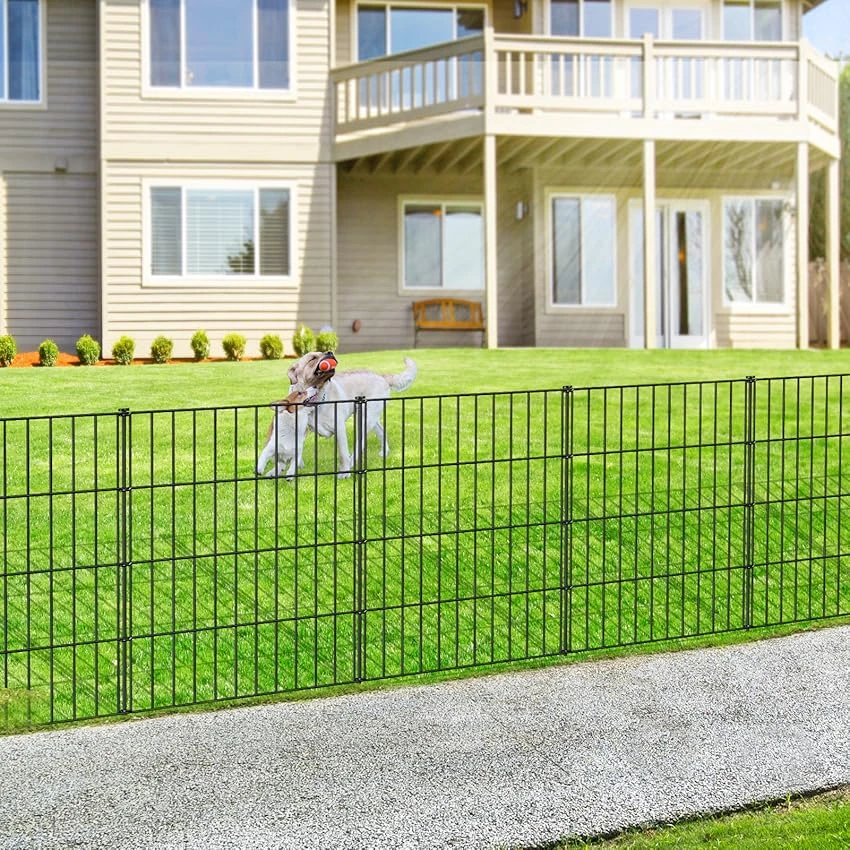The Importance of Tomato Cages for Indeterminate Tomatoes
When it comes to gardening, few plants are as popular and rewarding as tomatoes. Their vibrant flavors can turn any dish into a culinary delight. Among the various types of tomatoes, indeterminate varieties stand out due to their continuous growth and fruit-bearing abilities throughout the growing season. However, their sprawling nature requires proper support, and this is where tomato cages become an essential tool for gardeners.
What Are Indeterminate Tomatoes?
Indeterminate tomatoes are those that grow continuously, reaching heights of 6 to 10 feet or even more, depending on the variety. These plants produce fruit throughout the growing season, as opposed to determinate varieties, which produce a single, concentrated crop and then stop growing. The vigorous growth habit of indeterminate tomatoes can lead to sprawling vines that can create a chaotic garden space if left unsupported, making it crucial for gardeners to provide proper structural support.
Why Use Tomato Cages?
Tomato cages offer several benefits for indeterminate tomato plants. First and foremost, they provide essential support that helps maintain the plant's upright position, promoting healthy growth and fruit development. When tomatoes grow freely without support, their weight can cause branches to break or lead to uneven growth patterns. By using cages, gardeners can ensure their plants remain stable, allowing for optimal sunlight exposure and airflow, which are crucial for preventing diseases and ensuring quality fruit production.
Moreover, tomato cages can significantly enhance the efficiency of care. With plants neatly contained within the cage, it becomes easier to water, weed, and monitor for pests. This organized structure allows gardeners to spot issues early, ultimately leading to a healthier garden. Additionally, harvested tomatoes are easier to reach when plants are supported by cages, reducing the risk of damaging the vines during harvesting.
tomato cage for indeterminate tomatoes

Choosing the Right Tomato Cage
When selecting a tomato cage, it’s essential to choose one that is sturdy enough to support the vigorous growth of indeterminate varieties. Look for cages made from strong materials such as metal or heavy-duty plastic. The height and diameter of the cage are also crucial considerations; taller cages (5-6 feet) tend to be more effective for indeterminate tomatoes, as they accommodate their vertical growth.
There are various designs of tomato cages available. Some gardeners prefer single-ring cages, while others opt for the more robust tiered designs that provide multiple levels of support. DIY options are also popular; you can create your own tomato cage using concrete reinforcing wire or wooden stakes. Whichever type you choose, ensure that it is securely anchored in the soil to withstand heavy winds and the weight of the growing plants.
Installation Tips
Installing a tomato cage should ideally be done at the time of planting. This minimizes the risk of damaging the roots of the young plants. When placing the cage, ensure it's buried deep enough in the ground—about 6 inches—to provide stable support as the tomatoes grow. As the plants continue to flourish, gently guide the branches into the cage, and consider using soft ties if some branches need additional support.
Conclusion
In summary, the utilization of tomato cages for indeterminate tomato varieties is not just beneficial; it is essential for the success of your tomato gardening endeavors. By providing stability and support, cages help promote healthy growth, ease maintenance, and improve accessibility for harvesting. As you embark on your tomato-growing journey, investing in quality tomato cages will undoubtedly yield a flourishing crop and a bountiful harvest that will enhance your culinary experiences. Happy gardening!
















